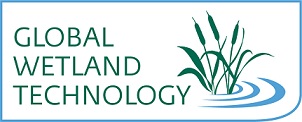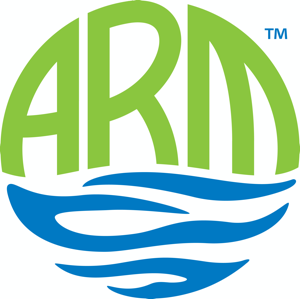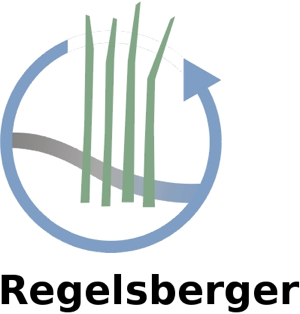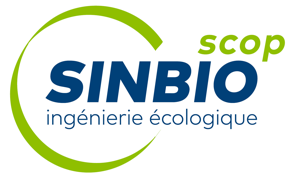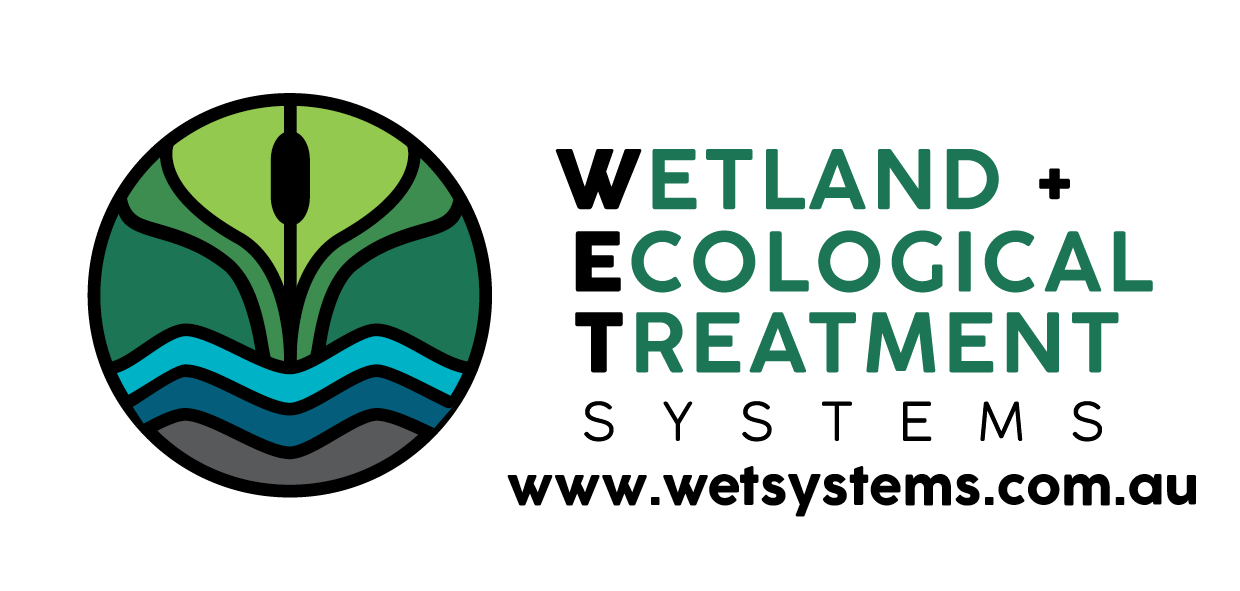在全球,湿地作为非正式的污水处理技术已经有上百年的历史。我们的祖先发现,在流入湿地后,原本脏水会变的清洁许多。有考古学证据表明,中国人在公元前2000年就应用这样的知识来提高水质。更近的17世纪,巴黎人将污水和污泥集中在市中心的简易化粪池中并运到郊外的地表来处理。
然而,直到20世纪50年代,更多关于湿地该功能的研究,开始引导以处理特定污染物为目的的人工湿地的发展。这项工作是由马克斯普朗克研究所(Max Planck Institute)的Kathe Seidel发起并进行的,随后,来自哥廷根大学的RheinholdKickuth也加入了工作。后来,他们作为对手分开工作。他们的研究让世界开始了解处理湿地,并且让我们看到了随之而来的全球人工湿地技术应用戏剧性增长。
起初,处理型湿地被提议作为三级,二级和初级的城市污水处理,并且更多的与生态提案“锦上添花(nice to have)”联系,几乎是稀有的。然而,这项技术戏剧性的发展了20余年,而且延伸出多种多样的人工湿地类型,现在已经进化到可以处理高浓度废水或者大范围的城市污泥和工业污泥。同时, 我们也看到全球在环境方面的意识正在进步,尤其是可持续发展和气候变化方面。这转变了人们定位人工湿地从稀奇变为了广泛适用的处理方法。另外,人工湿地耗电量低、维护需求少、碳排放低、生物多样性并且拥有稳定高标准的效果也是其中的重要原因。
Basic Form
A constructed wetland is essentially an excavation which is filled with an organic or inorganic particulate media into which reeds are planted. They are generally lined with a rubber (butyl) or plastic (HDPE) material to contain the contaminated water and thus protect ground water and adjacent subsoil. Clay based materials can also be used to seal constructed wetlands providing a more natural alternative. Effluent may be delivered into the system as a continuous flow or in controlled batches.The effluent may move either horizontally across or vertically up or down, through the media depending on treatment requirements. Microbial degradation, or processing, of contaminants is the principle means of treatment and is undertaken by bacterial communities which grow as biofilms on the surface of the particulate media.
处理原理
人工湿地系统提供多种不同的反应机理:物理、生物、生化和化学反应。多样的反应机制都可以在任何一个湿地床实现。具体处理机制的原理见下:
生物
通过分解和合成代谢进行生物降解
原生动物的摄入和消化
植物的吸收和储存
化学
吸附作用(离子键和共价键)
氧化反应
还原反应
UV(紫外线)降解
物理
过滤
沉淀
不同类型的人工湿地单元被扩大特定功能以应用于指定的处理要求。特定的系统中,湿地的尺寸和顺序是由需要减少的主要污染物的物理和化学性质决定的,最有效的反应机制会被选来从无水中去除这些污染物。
不仅是多样的人工湿地介质本身,芦苇或者植物也可以用于加强所需求的处理机制。
Constructed Wetland Types
As outlined above different types of constructed wetlands have evolved over the years driven by the changing needs of clients and increased range of applications. Constructed wetland designers have, through necessity, had to innovate, develop and combine forms as required. An indicative list of systems is given at the end of this section but the principle types are outlined below.
Basic Types
These are the fundamental forms of constructed wetland which differ only in the direction of effluent flow
Horizontal Flow
The contaminated effluent is delivered onto the top of the bed along one side via a distribution system. There are a variety of distribution systems that can be used, including troughs, risers and swept ‘Ts’ depending on site requirements, but all should have a means of balancing flows along the side of the system to ensure even distribution across the bed at all flow rates.
The effluent moves horizontally across the bed passing over and around the bed media onto which colonies of bacteria grow in the form of biofilms. These bacteria effect treatment of the effluent along with the other mechanisms of action outlined above.
At the far side of the bed a perforated drainage pipe positioned along the bottom of the bed parallel to the distribution system collects the treated effluent and carries it out of the bed into an outlet chamber. Here the effluent passes through an adjustable weir which allows the effluent level in the bed to be set and maintained depending on the process requirements.
Horizontal flow constructed wetlands operate in a saturated condition and can therefore provide aerobic conditions near the effluent surface and anoxic and anaerobic conditions deeper within the bed.The latter are essential for certain removal mechanisms such as de-nitrification or heavy metal sulphide precipitation.
Horizontal Surface Flow
In these systems the level is maintained above the surface of the media. This allows the effluent to easily distribute across the whole surface which is useful with effluents bearing high solids loads. In these systems a surface weir is often used at the end of the bed to collect treated effluent. These systems also offer significant increased hydraulic load capabilities.
Horizontal Surface Flow Constructed Wetland
Horizontal Subsurface Flow
The effluent level in these beds is maintained just below the bed surface ensuring full contact of the effluent with the microbial biofilms. These systems are used when the primary contaminants are soluble and removed through microbial action.
Horizontal Subsurface Flow Constructed Wetland
Vertical Flow
These systems are designed to have effluent delivered onto the top of the bed and to be spread across the surface prior to percolating down through the media. Biofilms develop on the media in the same way as for horizontal flow systems and treat the effluent accordingly.
Unsaturated Vertical Flow
In the most common form of vertical flow wetlandeffluent is not held in the bed but allowed to drain down to the bottom of the bed into a network of collection drainage pipes which then transport the treated effluent out of the bed.
If operated in a batch flow mode air passes through the media between the effluent doses re-aerating the biofilms. This makes the vertical flow bed predominately aerobic resulting in increased aerobic microbial degradation capability providing the capacity to perform mechanisms of actionwith high oxygen demands such as nitrification.
Unsaturated Vertical Flow Constructed Wetland
Saturated Vertical Flow
Vertical beds can also be operated in a saturated or full mode. Under these conditions they have similar treatment capabilities to horizontal flow constructed wetlands but can manage higher hydraulic loads more effectively.
Flow can also be delivered form the bottom of the bed rising up through the media to exit via a weir at the surface. This can help to maintain consistent anaerobic conditions if required for a specific application.
Additional Constructed Wetland Forms
Tidal flow systems
These comprise two separate treatment wetlands side by side which are hydraulically linked. Effluent is repeatedly transferred between the two wetlands re-aerating each alternately. These systems provide additional control of the treatment process through adjustments in the frequency of transfer and the proportion of effluent transferred.Power is required for transferring the effluent though this can be minimised by using gravity or effluent head as much as possible.
Aerated Wetlands
Aerobic microbial degradation is the most commonly used mechanism of action and in standard systems relies on the passive transfer of oxygen into the wetland and biofilms. In aerated systems air is actively blown through the bed via airlines situated at the bottom of the wetland. This increases oxygen transfer rates significantly providing greater treatment capability and more consistent performance. Aeration can be applied to both horizontal and vertical systems.
Aerated Horizontal Sub-Surface Flow Constructed Wetland
Sludge Treatment wetlands
These have evolved from vertical flow constructed wetlands and are designed to filter, or trap, sludges on the surface of the bed. Liquors percolate down through the bed and contaminants may be removed through contact with biofilms on the bed media. The sludge on the surface is effectively dewatered further through the evapotranspiration of moisture by the reeds growing in the bed and evaporation through openings in the sludge surface generated by ‘windrock’ – the movement of reed stems in the wind. Further dewatering or mineralisation of the sludge occurs through the composting or microbial degradation of organics in the sludge. These systems require a number of beds which receive sludges in sequence to allow for bed resting to allow the composting to take effect.
Sludge Treatment Constructed Wetland
Floating Reed Beds
Reeds and other macrophytes can be planted into material such as coir coconut matting fitted to floating frames. These are generally anchored to the sides or bottom of a water body and allow the roots and rhizomes of the plants to grow down through the water column. These can provide attachment sites for microbes which can effect treatment but also can generate exudates with some anti-algal properties. The roots/rhizomes can also assist in the knock-down of suspended solids in a slow flowing water body. They can also provide protection for fish in open water bodies as well as increasing biodiversity and enhancing it aesthetically.

